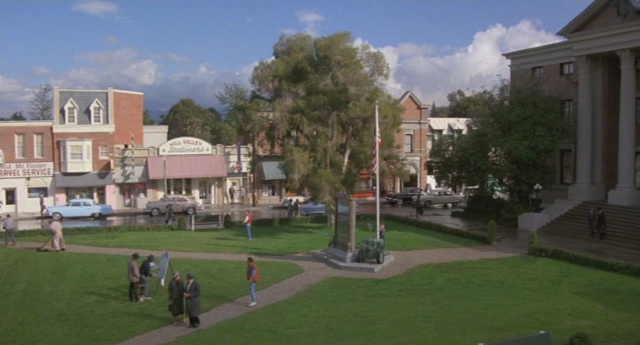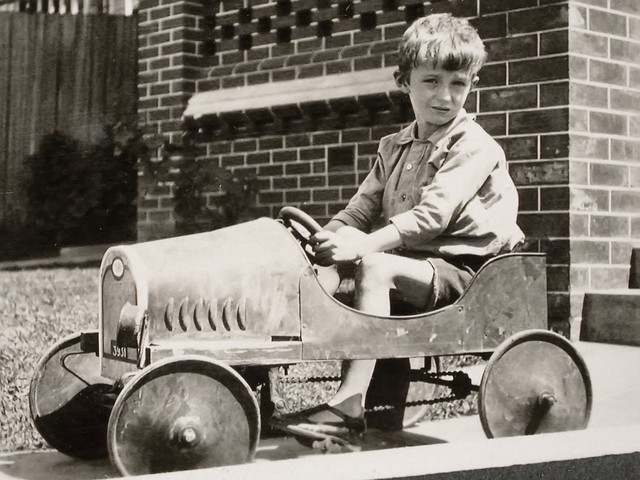
I am talking tonight at Loop, and this post should appear by the magic of WordPress as I’m speaking. I thought it may be worth providing links to a few of the pieces of writing that explore things I touch on in my presentation.

I am talking tonight at Loop, and this post should appear by the magic of WordPress as I’m speaking. I thought it may be worth providing links to a few of the pieces of writing that explore things I touch on in my presentation.

This post was originally written for the August 2013 issue of Planning News and hence was a bit constrained for length. My full submission, with quite a bit more detail, is here.
The new VicSmart provisions, announced during July and currently open for comment, are the culmination of a long push towards implementing two closely related reforms: code assessment and a fast-track permit process. These ideas have been central to the planning reform agenda of DTPLI and its predecessors for some time. August marks seven years since code assessment was put on the reform agenda by the Cutting Red Tape in Planning report, and ten since Better Decision Faster floated a “short permit process.”
Throughout that time the measures have been sold in terms that make them hard to argue with. Certainty! Speed! Efficiency! Yet in the absence of the specifics it has been unclear how the Department would resolve the challenges to realising such a best of all-possible-worlds outcome.
Now, with the release of draft provisions, we have our answers. VicSmart is code assessment… only without any codes. And Councils are expected to drive this engineless car very fast indeed.
For anyone who is interested in hearing more about my PhD research, I will be discussing it at Loop Bar in Meyers Place, Melbourne, on 25 July. Details about how to book at this link, although oddly it doesn’t mention the price ($20 for PIA or WPN members, $25 otherwise). (Update: here’s a proper flyer).
The write up of my talk is as follows:
How do the media’s depictions of cities and towns inform the way in which we would like to live? And what happens if we try to build the media ideal?
In the 1940s Hollywood movies such as It’s a Wonderful Life depicted the ideal small town; in the 1950s TV shows such as Leave it to Beaver and Father Knows Best painted a similarly idyllic picture of suburban life. Such imagery helped to market the new postwar era of suburban prosperity; but they were also a source of discontent as people grappled with the reality of dispersed, centreless, car-oriented suburbs and found them wanting compared to media imagery. Are Hollywood’s fictitious communities an impossible fantasy? Or are they a cultural memory of aspects of community that we left behind in the postwar era?
This presentation will trace the evolution of such images of community in post-war Hollywood films and television, and look at attempts by planners and developers to build places that live up to that imagery. It will draw on fictional examples from the 1940s through to more recent productions such as the The Truman Show, Pleasantville and Mad Men, as well as a photographic tour through built environments such as studio backlots, the New Urbanist town of Seaside, and the Disney-built town of Celebration.
It will be a multimedia extravaganza, so come along. The booking link again: here.